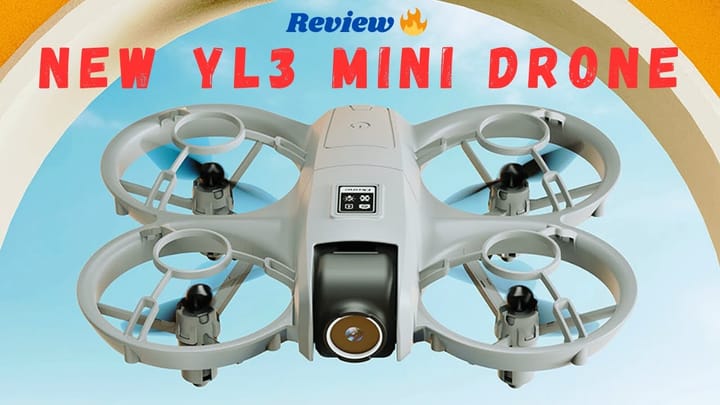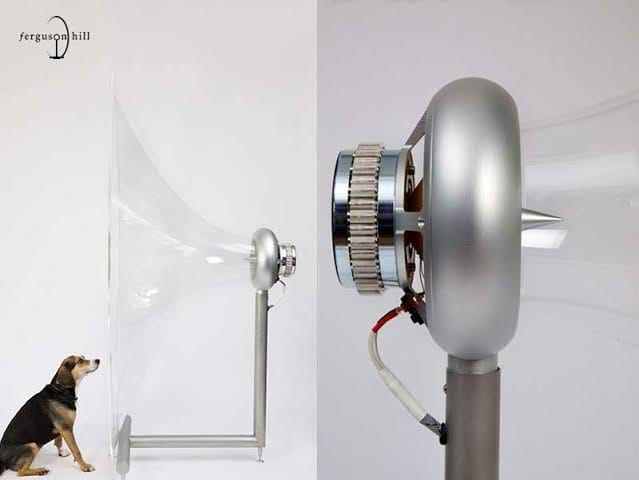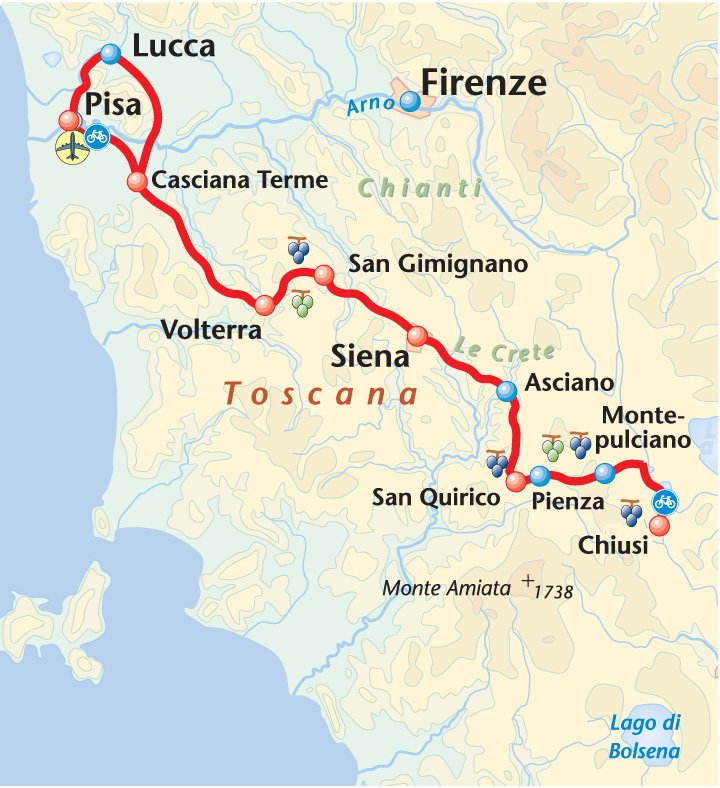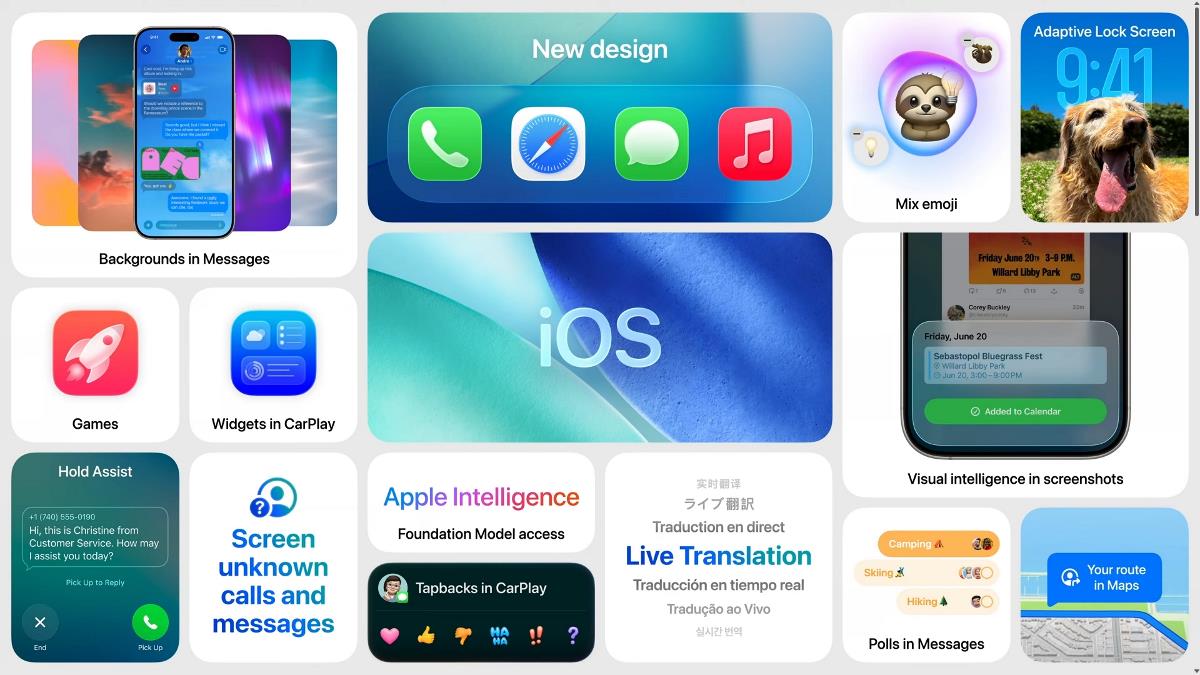The Rise of 3D Audio Recording

Imagine being transported to a live concert, with the sound of the guitar strumming and the beat of the drums reverberating in your ears, all from the comfort of your own home. Welcome to the world of 3D audio recording, a revolutionary technology that's changing the way we experience sound.
What is 3D Audio Recording?
3D audio recording, also known as spatial audio or immersive audio, is a technology that captures and reproduces sound in a three-dimensional space. Unlike traditional stereo recording, which only captures sound from left and right channels, 3D audio recording captures sound from multiple directions, including height and depth.
How Does it Work?
The process of 3D audio recording involves using multiple microphones, often in the form of an array or a sphere, to capture sound waves from various directions. These microphones are then connected to a processor that uses algorithms to analyze and reconstruct the sound waves into a 3D audio signal.
Applications of 3D Audio Recording
The possibilities for 3D audio recording are endless. From music production to virtual reality experiences, this technology has the potential to transform the way we consume sound. Some of the most exciting applications include:
- Immersive music experiences: Imagine listening to your favorite song in 3D audio, with the sound of the instruments and vocals surrounding you.
- Virtual reality: 3D audio recording is a crucial component of VR experiences, allowing users to pinpoint the source of sounds in a virtual environment.
- Live events: 3D audio recording can transport listeners to live concerts, sports events, and other experiences, making them feel like they're right there in the action.
- Therapeutic applications: 3D audio recording can be used to create immersive soundscapes for therapy, relaxation, and stress relief.
Challenges and Limitations
While 3D audio recording is a groundbreaking technology, there are still some challenges and limitations to consider. One of the main challenges is the need for specialized equipment and software to capture and reproduce 3D audio. Additionally, the cost of this equipment can be prohibitively expensive for many consumers.
Conclusion: The Future of Sound
As technology continues to evolve, we can expect to see 3D audio recording become more accessible and widespread. With its potential to revolutionize the way we experience sound, this technology is poised to change the game for music lovers, VR enthusiasts, and anyone looking to elevate their audio experience. Get ready to immerse yourself in a world of 3D sound!


















Comments ()